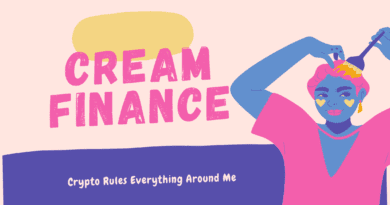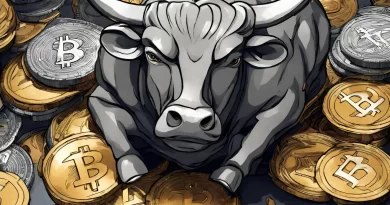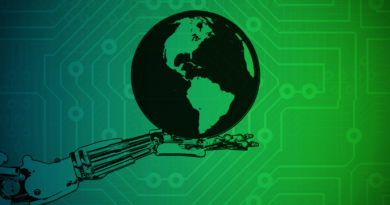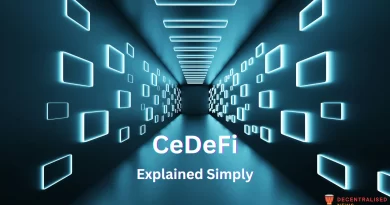Blockchain Technology Explained
Blockchain was created to solve a problem of intermediaries in value exchange or so-called trusted third parties. Nearly two decades before there was Bitcoin – the first provable use case of blockchain, Stuart Haber and W. Scott Stornetta had developed the basic elements of the blockchain, as described in the Journal of Cryptology. Using cryptography, they found a way to create an immutable, shared ledger. Its integrity was based, not on a trusted third party, but on the democratisation of trust across all participants in the ledger. Essentially, blockchain is an immutable record, witnessed and vouchsafed by all.
Blockchain creates an opportunity for organisations to become more transparent, decentralized, democratic, secure, and efficient. By creating an ecosystem where there is reduced third-party risk, it means that transaction times can become much faster and costs lower as a result of having no central organization tasked with the responsibility of controlling transactions.
The name blockchain is representative of a chain of blocks, which in this context represent digital information (block) stored in a public database (chain). Blockchain is software that consolidates data into a chain of events, ensuring the data is stored chronologically so that transactions are unchangeable and irreversible. ‘Blocks’ on the blockchain are made up of digital pieces of information. They can store information about transactions such as the date, time, and dollar amount of your most recent purchase from an online marketplace. Blocks can also store information about who is participating in transactions.
A block for your transaction is recorded without any identifying information using a unique digital signature, which acts as a username. Blocks store information that uniquely makes them distinct from other blocks. Each block stores a unique code called a ‘hash’ that allows us to tell it apart from every other block. For example, if you make a purchase online, but while it’s still in transit, you decide you want to make an additional purchase of the same item; even though the details of your new transaction would look nearly identical to your earlier purchase, we can distinguish between the two transactions because of their unique purchase codes or reference numbers. A single block on the blockchain can store more than a megabyte of data depending on the protocol enablements. Depending on the size of the transactions, a single block can accommodate thousands of transactions.
Simply put, a blockchain functions similar to how a Google Drive spreadsheet works except that changing even a single entry would require special permission. Adding data to an existing blockchain requires everyone with access to agree to proposed changes.
A blockchain database is managed autonomously using a peer- to-peer network. Blockchain helps us keep track of our data, and provides us with the ability to update the data on an ongoing basis. The critical distinction to make is that unlike Google spreadsheets that rely on access via Google servers, blockchain offers a decentralized ledger of approved data inputs, giving everyone access to accurate checks and balances. The distributed information is made secure by making everyone privy to it so that no one can make unwanted changes or single-handedly destroy the data.
As a network, blockchain allows digital information to be distributed, but not copied. The same information is held across a network of computers which means that it isn’t stored in one central location. The advantage is that information is less vulnerable to errors, corruption or human interference. Every computer (node) in the network has to accept every new addition of a new piece of information (block) to the public database (chain).
The future global economy is shifting towards one that is dominated by distributed property and trust, where anyone with access to the Internet can use blockchain based transactions. In summary, blockchain is:
- A new way of keeping a shared transactional record (database)
- A distributed ledger with frequent reconciliation wherein all users hold an identical copy
- A protocol or set of rules like the Internet
- Designed to be permanent and immutable
- A technology that allows two people to exchange value without a third party settlement service
- The digital infrastructure that makes the creation of cryptocurrencies possible.
Blockchain is revolutionary because it:
- Allows the creation of online cash without banks
- Allows automated legal agreements (smart contracts) that guarantee performance
- Allows middlemen who add little value to be disintermediated thereby reducing transaction costs and time.









